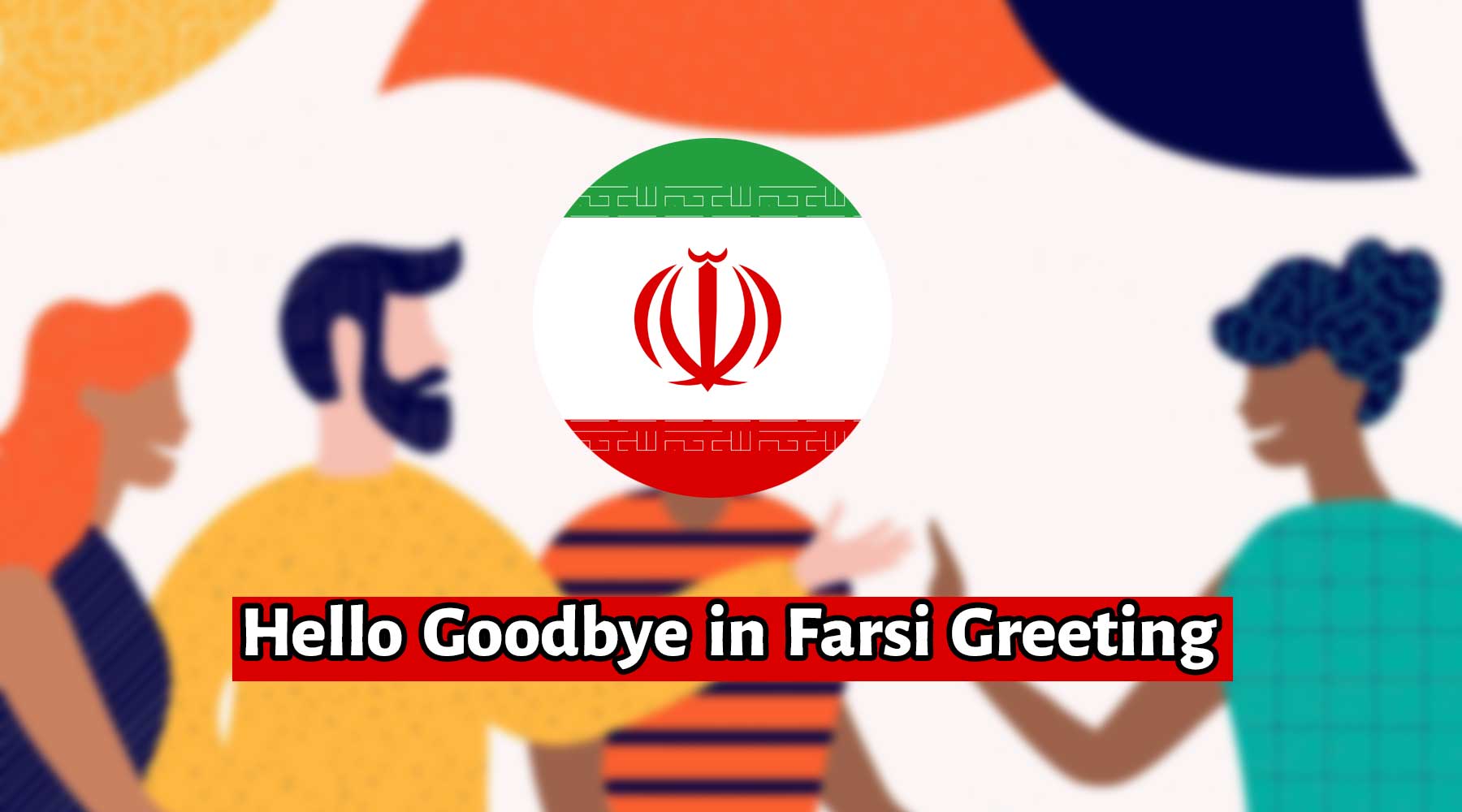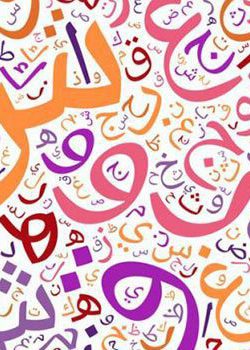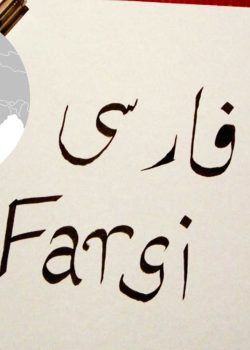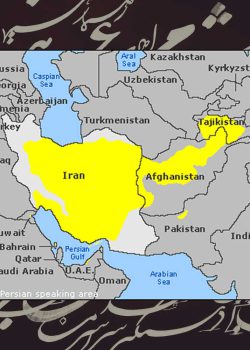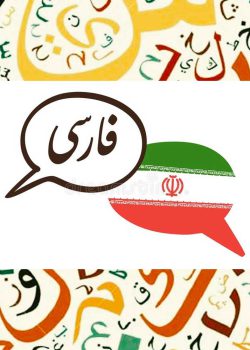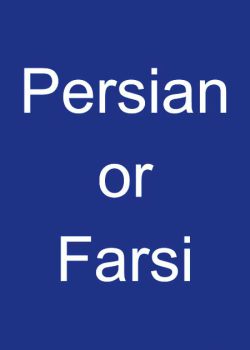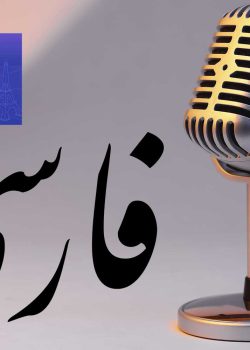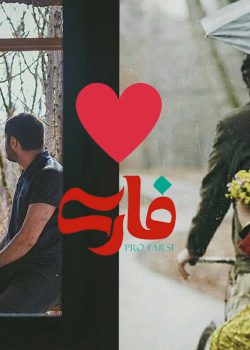Learning greetings in Persian is valuable because it demonstrates cultural respect and facilitates meaningful connections. By understanding and using Persian greetings, you show an appreciation for the language and customs of Persian-speaking people, fostering cross-cultural understanding. Moreover, knowing how to greet others in Persian enables effective communication, builds rapport, and opens doors to engaging in social, travel, and business interactions within Persian-speaking communities, enhancing your personal and professional experiences.
Iranians place great importance on greetings and generally have warm and hospitable manners. When greeting someone, Iranians typically engage in an exchange of greetings that involves multiple rounds of “salam” (hello) and inquiries about each other’s well-being and family. Handshakes are commonly used in more formal settings, while in informal settings, friends and family members may greet each other with hugs or kisses on the cheeks. Maintaining eye contact and offering a friendly smile are also considered polite and welcoming gestures. Iranians appreciate respectful and polite greetings, and showing genuine interest in the other person’s life and well-being is highly valued in Iranian culture.
Here are some key aspects of the social context of greetings in Farsi:
- Politeness and Respect: Farsi culture places a strong emphasis on politeness and respect. When greeting someone, it is common to address them using appropriate honorifics based on their age or social status. This demonstrates respect and acknowledges the person’s importance.
- Handshakes and Physical Contact: Handshakes are a common form of greeting in Farsi culture, particularly in more formal settings. However, it is important to note that physical contact between unrelated individuals of the opposite sex may not be common or may be more reserved. In such cases, a verbal greeting or a nod of the head may be preferred.
- Eye Contact and Facial Expressions: Making eye contact and offering a warm, friendly smile while greeting someone is considered polite and welcoming in Farsi culture. It shows sincerity and genuine interest in the other person.
- Multiple Greetings: Farsi culture often involves multiple greetings during a social encounter. When meeting someone, it is common to exchange several rounds of greetings, such as “salam” (hello) or “khodāhāfez” (goodbye), along with inquiries about one’s well-being and family. This extended exchange of greetings reflects the importance of establishing a personal connection and demonstrating genuine interest in the other person’s life.
- Hospitality and Offering Refreshments: In Farsi culture, greetings are often accompanied by offers of hospitality, such as inviting the person for tea or offering refreshments. This reflects the emphasis on warmth, hospitality, and creating a welcoming environment for guests.
- Consideration of Hierarchical Relationships: In Farsi culture, greetings may vary depending on the hierarchical relationship between individuals. Respect for age, social status, and position is important. Younger individuals often initiate greetings and show deference to their elders or superiors.
- Use of Polite Forms: Farsi language offers various forms of greetings depending on the level of formality and familiarity. For instance, using the formal and polite form of “salam” as “salamati dar hālat-e shomā” instead of just “salam” is appropriate when greeting someone in a more formal or
professional context
Here are some common greetings and phrases in Farsi
Remember, using these greetings and phrases with a friendly tone and a smile can help you establish connections and communicate effectively in Farsi.
سلام (salam) – Hello/Hi: This is a general greeting used to say “hello” or “hi” in Farsi.
سلامتی (salamatī) – How are you?: This is a way to ask someone how they are doing. It can be used in both formal and informal settings.
خوبم (khūbam) – I’m fine: This is a response to the question “How are you?” to indicate that you are doing well.
خیلی خوشحالم که شما را میبینم (kheili khoshhalam ke shomā rā mibinam) – I’m very happy to see you: This phrase expresses joy and pleasure in seeing someone.
خداحافظ (khodāhāfez) – Goodbye: This is a common way to bid farewell in Farsi.
متشکرم (motashakkeram) – Thank you: Use this phrase to express gratitude and say “thank you” in Farsi.
لطفاً (lotfan) – Please: This is a polite word used when making a request or asking for something.
ببخشید (bebakhshid) – Excuse me: This phrase is used to get someone’s attention or apologize for any inconvenience.
عذر میخوام (azar mikhām) – I’m sorry: Use this phrase to apologize for any mistakes or misunderstandings.
بسیار خوب (besyār khub) – Very good: This is a positive response to indicate that something is very good or excellent.
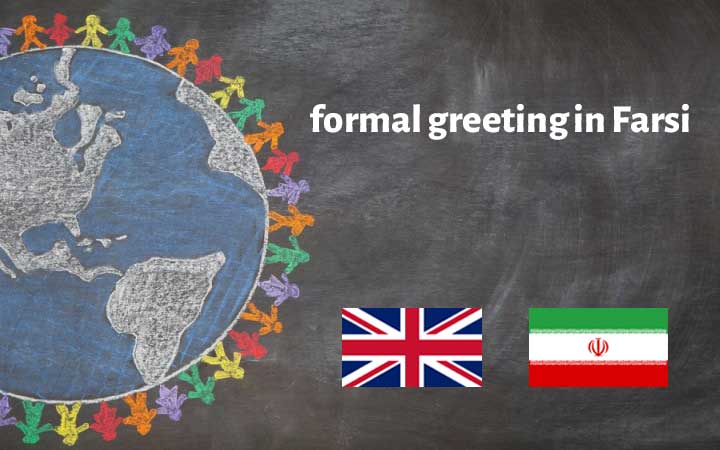
Here are some formal greeting in Farsi:
احتراماً سلام عرض میکنم (ehterāman salām arz mikonam) – I respectfully greet you.
This is a formal and respectful way to greet someone, often used in formal settings or when addressing someone of higher status or authority.
خوش آمدید (khosh āmadid) – Welcome.
This is a formal greeting used to welcome someone, especially to an event, gathering, or formal setting.
احتراماً حضورتان را خوشامد میگویم (ehterāman hozūratān rā khoshāmad miguyam) – I respectfully welcome your presence.
This is a formal way to express your welcome and appreciation for someone’s presence, often used in official or ceremonial occasions.
امیدوارم که حالتان خوب باشد (omidvāram ke hāletān khub bāshad) – I hope you are well.
This is a polite and formal way to inquire about someone’s well-being and express your good wishes.
خوش آمدید به جمع ما (khosh āmadid be jam’-e mā) – Welcome to our group.
This is a formal greeting used to welcome someone into a specific group or community, showing inclusiveness and warmth.
با احترام به شما سلام میکنم (bā ehterām be shomā salām mikonam) – With respect, I greet you.
When making friends in Farsi, it’s helpful to know a few essential greetings to establish a friendly connection. Here are some common greetings you can use:
- خیلی خوشحالم که با شما آشنا شدم (kheili khoshhalam ke bā shomā āshnā shodam) – I’m very pleased to meet you: This expression shows enthusiasm and gratitude for getting to know the person. It conveys a positive attitude and helps build a friendly connection.
- راستی، نامتون چیه؟ (rāsti, nāmetun chiye?) – By the way, what’s your name?: This question allows you to initiate a conversation and learn the other person’s name. Remember to introduce yourself as well.
- ببخشید، میتونم با شما صحبت کنم؟ (bebakhshid, mitavonam bā shomā sohbat konam?) – Excuse me, can I talk to you? This is a polite way to initiate a conversation and express your interest in getting to know the person better.
And here are some essential greetings for saying good bye in Persian
- خداحافظ (khodāhāfez) – Goodbye: This is the most common and widely used way to say goodbye in Persian. It’s suitable for both formal and informal situations.
- بدرود (bedrūd) – Farewell: This is a slightly more formal way to say goodbye in Persian, often used in professional or formal settings.
- خدا به حافظی (khodā be hāfezi) – God be your protector: This is a traditional and heartfelt way to bid farewell, expressing a wish for the person’s well-being and protection.
- برای شما آرزوی بهترین ها را دارم (barāye shomā ārzuy-e behtarinhā rā dāram) – I wish you all the best: This is a warm and sincere way to say goodbye, expressing good wishes for the person’s future endeavors.
- به امید دیدار مجدد (be omid-e didār-e majd) – Until we meet again: This is a hopeful and optimistic way to say goodbye, expressing a desire to see the person again in the future.
Remember, the choice of greeting can vary depending on the formality of the situation and your relationship with the person. It’s always a good practice to adapt your greeting to the appropriate level of formality and familiarity.
Read More:
A Guide to Wishing Someone a Happy Birthday in Farsi
Related Posts

